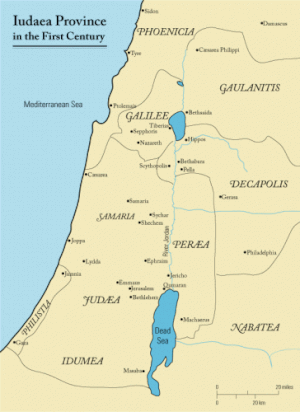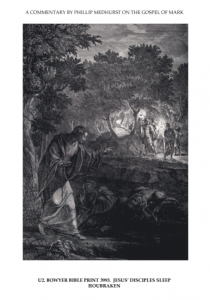
The baptism of Jesus by John in the Gospel of Mark
- is stitched together with images from Old Testament passages, and
- serves the particular theological agenda of Mark that was challenged by later evangelists
So,
- if a passage in the Gospels can be shown to serve a theological agenda of an evangelist, then according to widely accepted standards of biblical historiography, we have reason to question its historical authenticity; and
- if a passage can be shown to be a pastiche of other texts certainly known to the author and his audience, and if once we strip away those textual borrowings and are left with nothing that stands alone, or in other words, if once we remove the sheepskin and find nothing left underneath, then we have further support in our doubts as to the historical originality of the event; and
- if the only external testimony to John the Baptist contradicts or fails to support our narrative at significant points, then we will need more than three bags full of special pleading to justify holding to any shred of historicity in our little narrative.
To repeat what I won’t repeat here
I have discussed the evidence for the John the Baptist of Mark’s gospel being cut from OT passages, and how this cut-out shape stands opposed to the apparently historical account in Josephus’ Antiquities, and how the episode of the baptism of Jesus in Mark’s gospel is disqualified from being historical even on the grounds of one of mainstream biblical scholarly criteria for historicity. (The criterion of embarrassment only applies to those later evangelists, Matthew, Luke and John, who demonstrate embarrassment with Mark’s story, not with any historical event per se.) These demonstrations are in Engaging Sanders point by point: JB, and JB, strangest of prophets, so I won’t repeat those arguments here. Nor will I address the possibility that the baptism reflects an adoptionist or separationist Christology. Nor even the arguments advanced to suggest John the Baptist himself was a mythical creation.










 From
From 